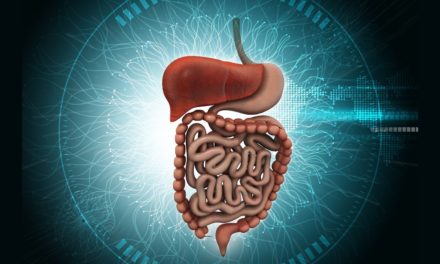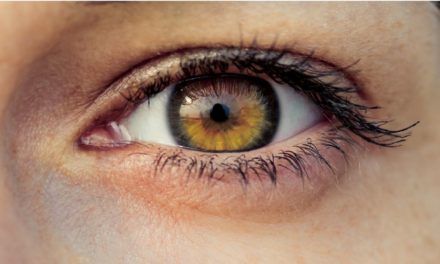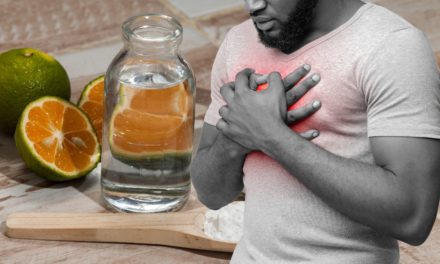Introduction:
Jaundice is a disease characterized by yellowing of the skin, eyes and mucous membranes. It is a common symptom of various underlying health problems that affect the liver, gallbladder, or blood. Although jaundice is not a disease in itself, it serves as an important indicator of an underlying problem that requires medical attention. In this comprehensive article, we explore the world of jaundice, exploring its causes, symptoms, diagnostic methods and available treatments to raise awareness and promote early diagnosis and intervention.
Type of Jaundice:
Jaundice is caused by excess accumulation of bilirubin in the body. Bilirubin is a yellow pigment produced during the breakdown of old blood cells. Normally, the liver processes and excretes bilirubin through bile, which is then excreted from the body through the stool. When liver function is impaired or when bile ducts are blocked, bilirubin builds up, causing yellowing of the skin and eyes.
Recognizing the symptoms of jaundice:
The main symptoms of jaundice are yellow skin and whites of the eyes. Other associated symptoms may include:
- Yellow stools
- Dark urine
- pruritus (pruritus)
- Fatigue and weakness.
- Abdominal pain and swelling (in case of liver disease)
Common causes of jaundice:
Jaundice can be caused by a variety of factors, including:
- Hepatitis: Inflammation of the liver caused by a viral infection (eg, hepatitis A, B, C).
- Cirrhosis of the liver: Chronic scarring of liver tissue, often as a result of long-term liver damage.
- Gallstones: Obstruction of the bile ducts due to gallstones can obstruct the flow of bile.
- Pancreatic disorders: Conditions affecting the pancreas can cause jaundice.
- Hemolytic anemia: Increased breakdown of red blood cells can overwhelm the liver’s ability to process bilirubin.
Diagnosis and medical intervention:
- Blood tests: Liver function tests and a complete blood count can assess bilirubin levels and liver function.
- Imaging: Ultrasound, CT scan, or MRI may be used to visualize the liver and bile ducts.
- Endoscopy: A procedure that examines the digestive tract for possible obstructions or abnormalities.
- Liver biopsy: In some cases, a small sample of liver tissue may be taken for further testing.
Treatment and management:
Treatment for jaundice depends on the underlying cause. Medical intervention may include:
- Treating the underlying condition: Finding the underlying cause of jaundice is important to relieve the symptom.
- Bile duct clearance: In cases of obstructive jaundice, procedures such as endoscopic retrograde cholangiopancreatography (ERCP) may be performed to clear the bile duct.
- Supportive care: Maintaining adequate nutrition and hydration can aid in recovery.
- Liver transplant: In severe cases of liver failure, a liver transplant may be necessary.
Result:
Jaundice is an important symptom that warrants immediate medical attention to identify and address an underlying health problem. Understanding its causes, recognizing the symptoms, and seeking appropriate medical care are important steps to ensure early diagnosis and effective treatment. By raising awareness of jaundice and its possible causes, we can work to promote liver health and overall wellness. Timely intervention can lead to better outcomes and healthier lives for people affected by jaundice.










